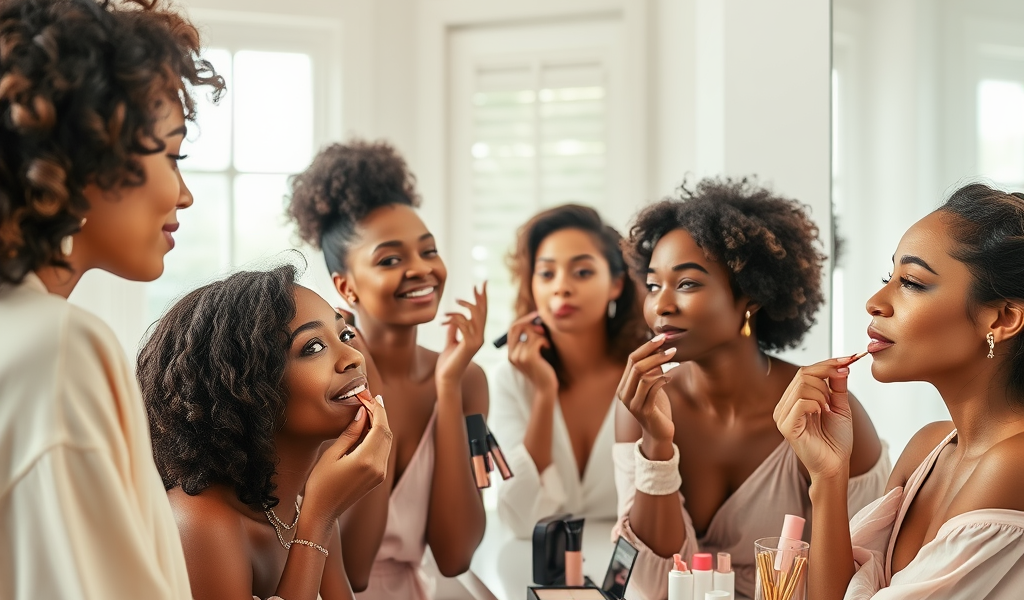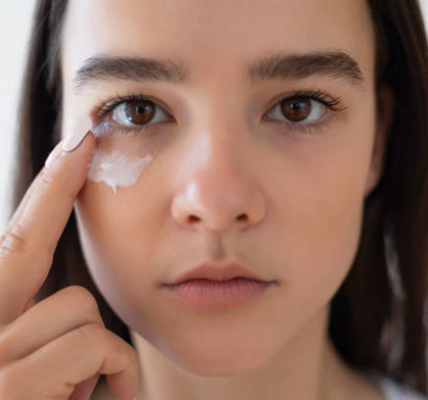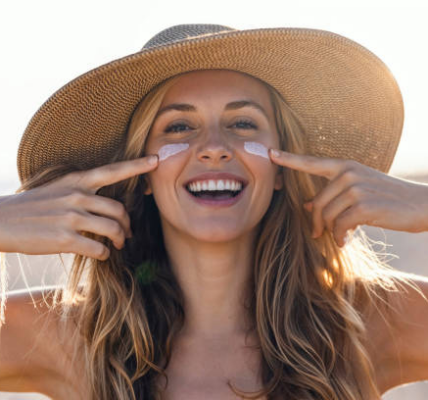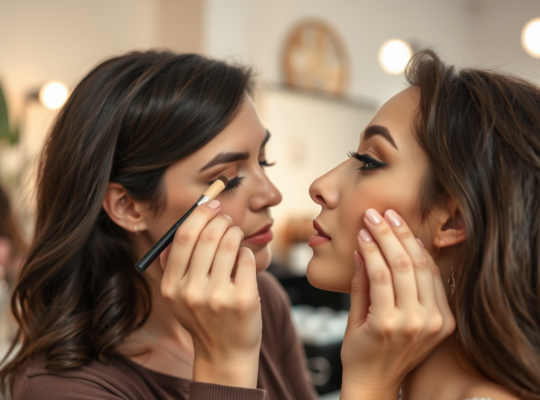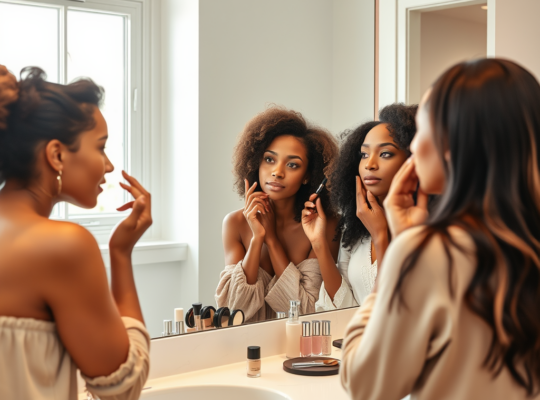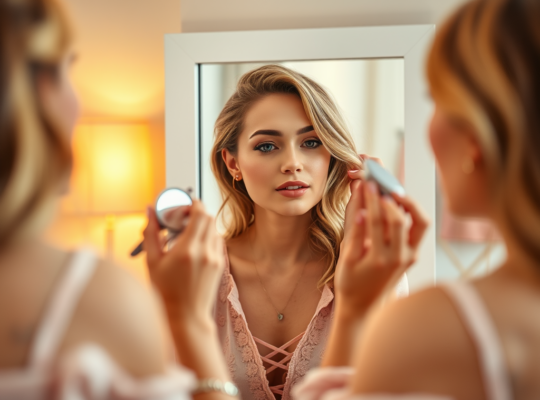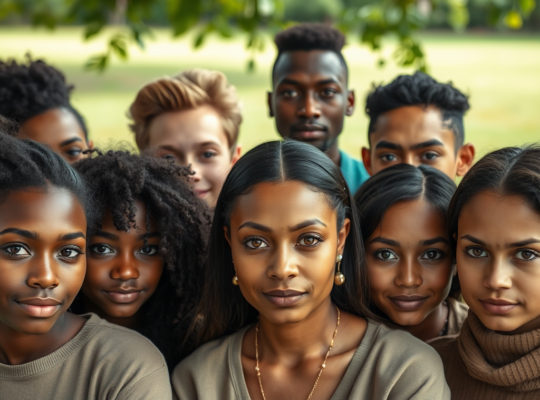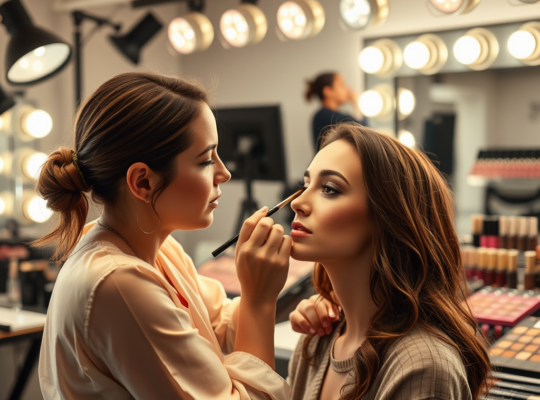In the expansive world of makeup, few concepts resonate as universally as the idea of a ‘universal blush color’. Imagine a blush so versatile, it can flatter every skin tone, enhancing natural beauty without overwhelming it. The universal blush color is not just a fleeting trend; it represents a harmony of science and artistry in the realm of color theory. Makeup enthusiasts from all walks of life constantly seek products that simplify their beauty routines while ensuring radiant results. This article dives deep into the characteristics that define universal blush colors, presenting you with knowledge to make informed choices and boost your makeup game like never before.
Understanding what makes a color truly universal involves delving into the science of color theory and skin undertones. The intricate interplay between these elements determines how a mere blush can transform one’s look. Not all pinks or peaches are created equal, and recognizing the subtleties of undertones is crucial. As we explore universal blush, we’ll dissect its defining qualities, highlight popular shades, and offer application tips tailored to different skin types. Whether you’re a makeup novice or a seasoned expert, this article is packed with valuable insights to enhance your beauty repertoire.
Understanding Universal Colors

Universal colors act as a bridging point in makeup, creating a common ground for all skin tones to shine. These colors are not merely favorites on the shelves; they possess unique characteristics that allow them to react favorably with various undertones. They can adapt and harmonize, changing subtly with the natural hues of individual skin. Universal colors empower users by removing the complexity in selecting makeup products that suit them, providing a straightforward solution to a common dilemma.
Color theory is the backbone of makeup artistry, representing a systematic approach to understanding how colors interact with one another. From primary colors to complementary shades, this theory explains how blush, in particular, can enhance or diminish one’s natural beauty. The foundational elements include understanding warm and cool undertones that can either clash or harmonize with an individual’s complexion. This scientific perspective equips you with the insights needed to decode which blush shades can work wonders for you.
The Characteristics of the Universal Blush Color
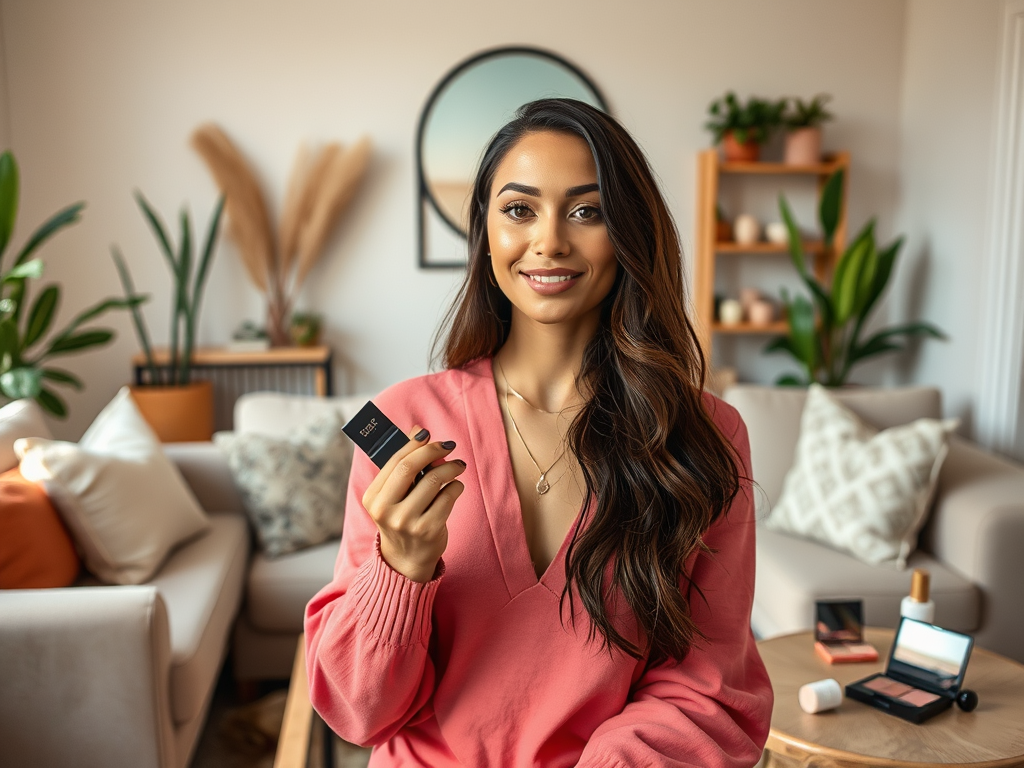
The universal blush color shares several key characteristics that contribute to its broad appeal. Primarily, it encompasses a range of shades that are neither too warm nor too cool, allowing them to complement various skin tones. Another defining feature is its ability to enhance the skin’s natural glow, bringing life to the face without overpowering existing features. Additionally, the textures of these blushes often range from matte to satin finishes, providing versatility in application and preference. Below are some important characteristics:
- Versatility across skin tones
- Natural glow-enhancing properties
- Variety in finish: matte, satin, and shimmer
Understanding the significance of undertones can drastically improve your blush selection. The magic of universal blush colors lies in their ability to seamlessly integrate with your unique undertone, whether it’s warm, cool, or neutral. This compatibility not only ensures a flattering finish but also reinforces the idea that makeup should enhance your natural features rather than mask them. When choosing blush, considering how different shades react with light can guide you toward the perfect pick. It’s beneficial to experiment with various shades to discover the one that prompts compliments and elevates your confidence.
Popular Universal Blush Colors
Throughout beauty history, several shades have emerged as standards for universal blush colors. Below is a list of some of the most acclaimed shades that tend to suit a wide array of skin tones:
- Soft Pink: A quintessential shade that enhances natural rosiness.
- Peachy Nude: Adds warmth without overpowering the complexion.
- Rosy Beige: Complements both warm and cool undertones effectively.
In addition to the generalized colors, specific products have gained fame for their universal appeal. A notable mention would be the NARS Orgasm Blush, which has received rave reviews for its ability to flatter a wide spectrum of skin tones. Below is a comparison of some iconic products celebrated for inclusivity:
| Product Name | Brand | Notable Features |
|---|---|---|
| NARS Orgasm Blush | NARS | Sheer, luminous finish; suits all skin tones |
| Milani Baked Blush | Milani | Radiant finish, multiple shades for versatility |
| MAC Blush in Warm Soul | MAC | Natural finish; works well with tanned and fair skin |
How to Apply Universal Blush Color
Applying blush may seem like a simple task, but technique can greatly influence the overall outcome of your makeup look. To achieve a flattering application, start by selecting the appropriate brush; a fluffy, angled blush brush can work wonders. Then, gently tap the brush into your chosen blush and remove any excess product. Speaking of technique, here’s a step-by-step guide to ensure that you apply your universal blush color effectively:
- Smile to identify the apples of your cheeks.
- Lightly sweep the blush across the apples and blend upward towards your temples.
- Use circular motions for a more diffused, natural look.
It’s crucial to recognize that different skin types may require tailored application techniques for optimal results. For oily skin, opting for a matte blush can minimize shine, while dry skin types may benefit from creamy or satin finishes that provide a hydration boost. Additionally, individuals with sensitive skin should prioritize hypoallergenic formulations to reduce irritation. Remember, the key is to adapt your approach based on your specific skin needs, ensuring that your makeup enhances rather than hinders your natural beauty.
Conclusion
Universal blush colors hold a special place in the beauty industry for their ability to flatter a wide range of skin tones. By understanding the characteristics and science behind these shades, you’re better equipped to choose products that complement your unique features. From iconic products to application techniques, this guide has armed you with the knowledge needed to master the art of blush. Embracing universal colors in your makeup routine not only enhances your appearance but also allows for more creativity and confidence as you play with your look.
Frequently Asked Questions
- What is a universal blush color? A universal blush color is a shade that complements a wide range of skin tones, making it a versatile choice for many users.
- Can everyone wear the same blush shade? While some shades are deemed universal, personal undertones and preferences may still influence how a particular blush looks on an individual.
- What are some examples of universal blush colors? Popular examples include soft pinks, peachy nudes, and rosy tones that work well on various skin tones.
- How do I choose the right blush for my skin tone? Consider your skin tone and undertone; testing shades in natural light can also help determine the best match.
- Is there a specific technique for applying blush? Yes, using a light hand and building up color gradually is recommended for a more natural finish.
